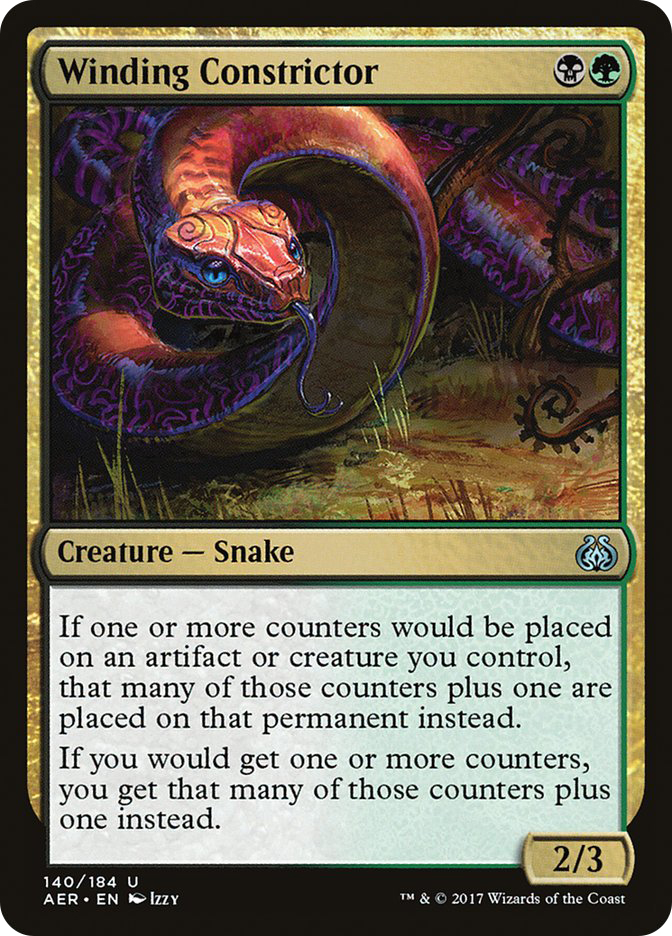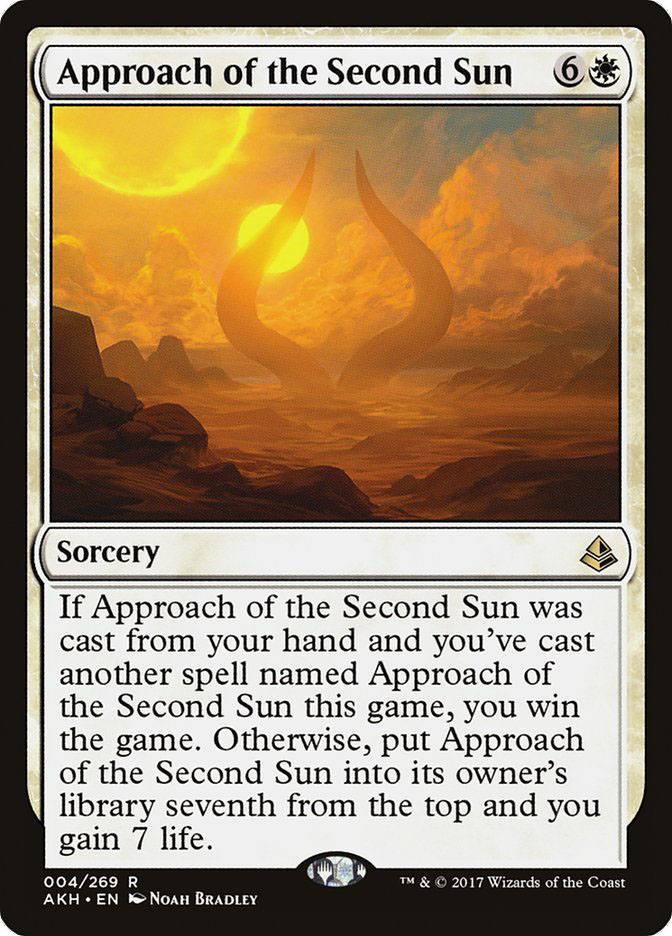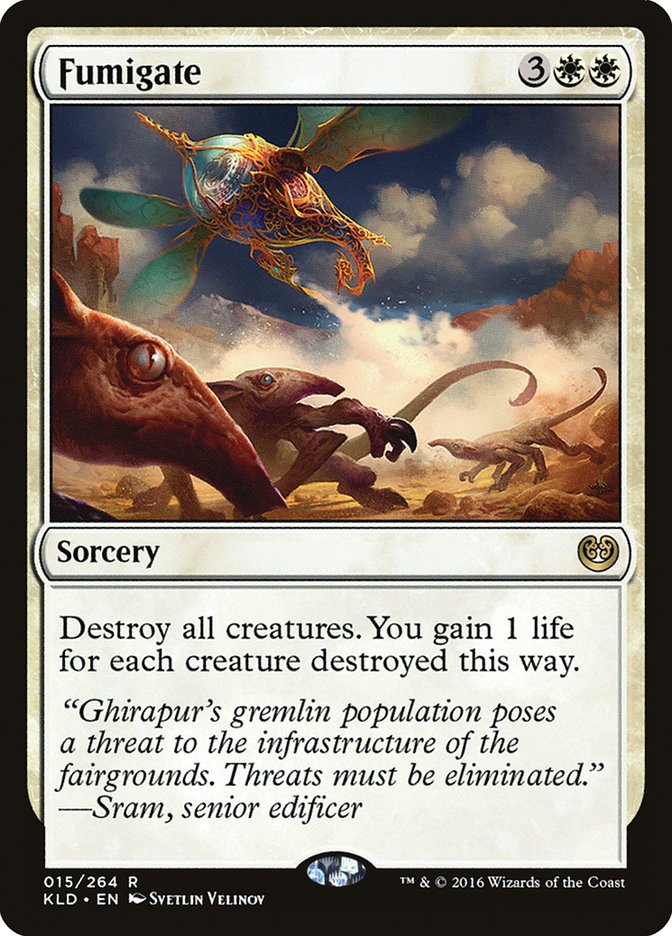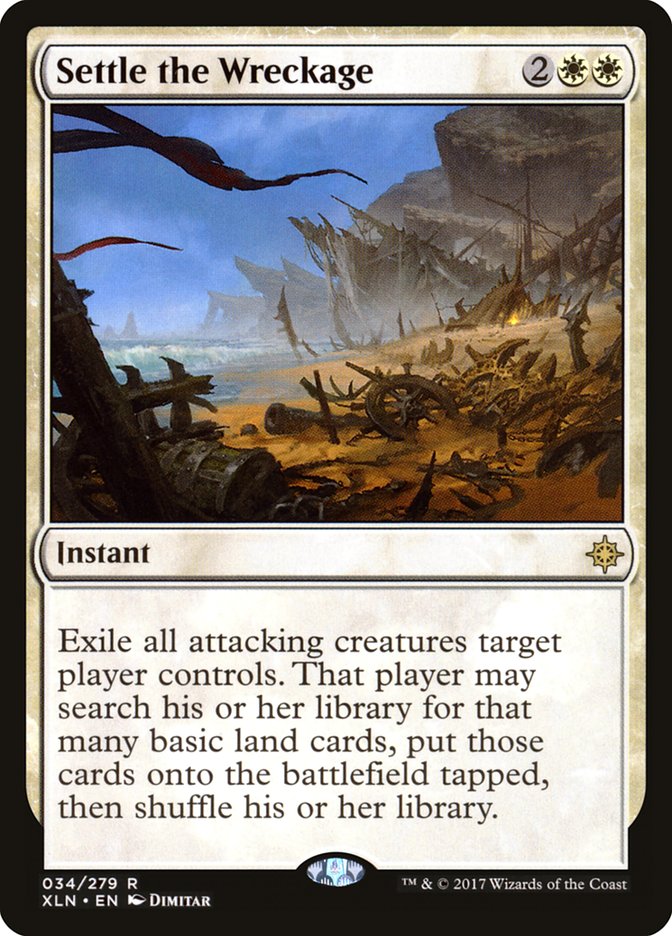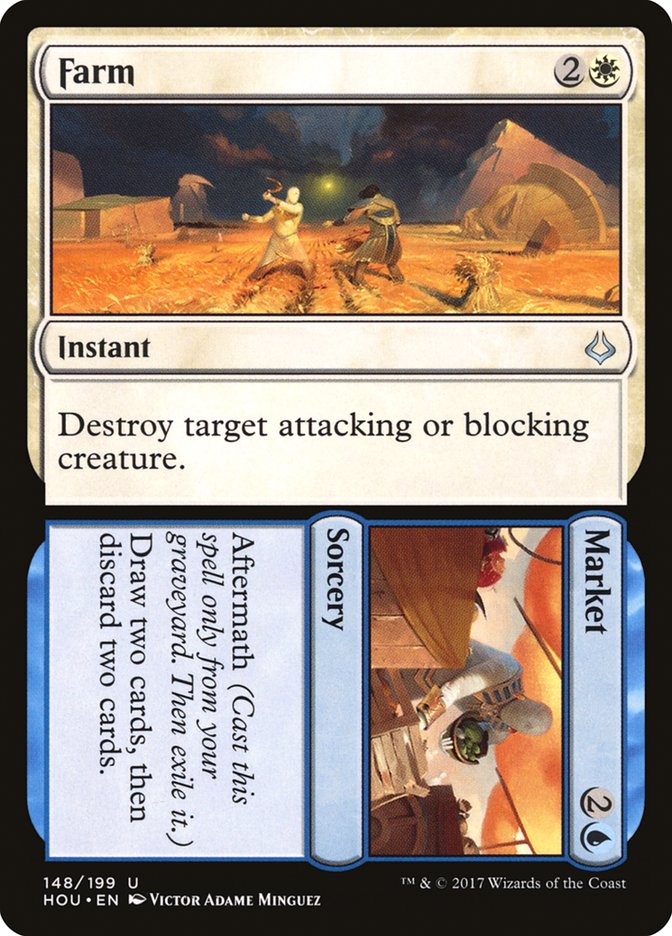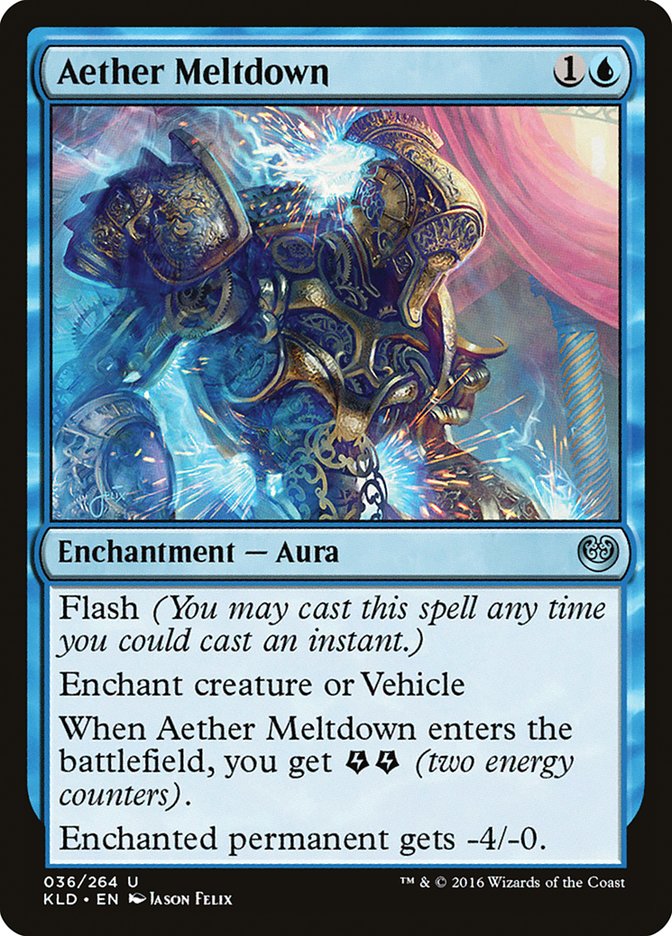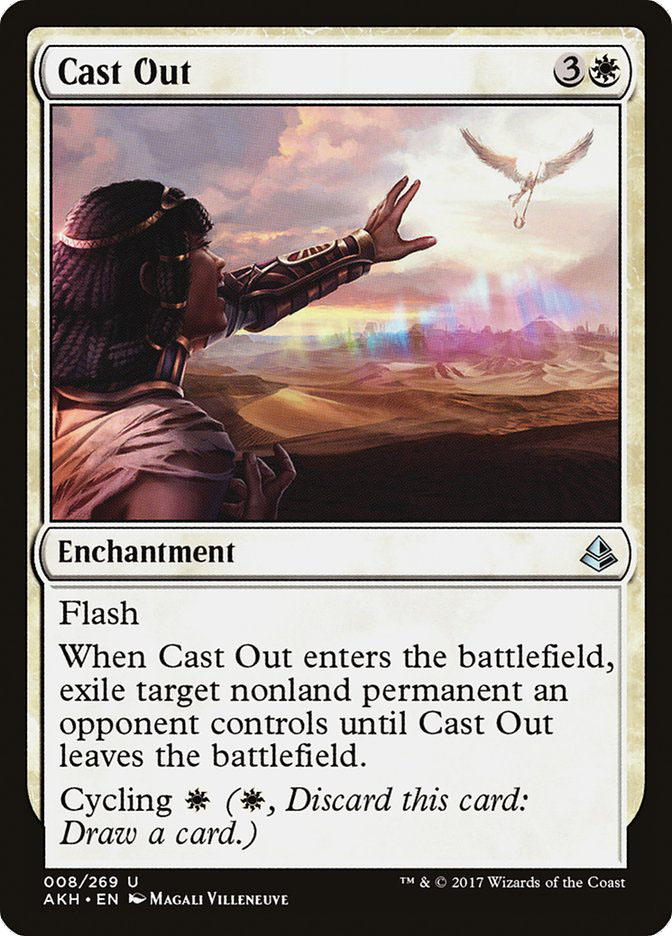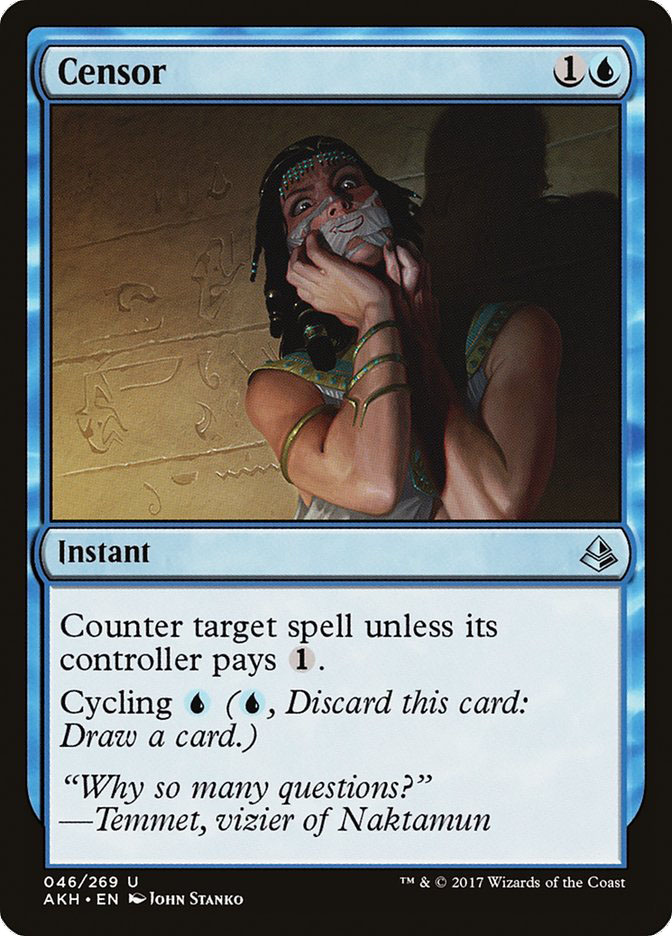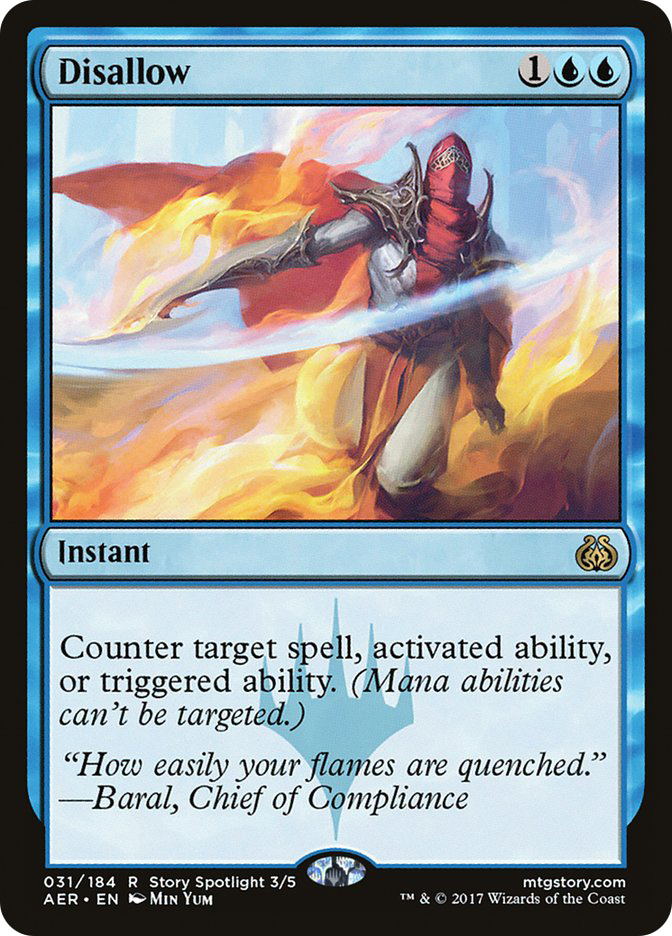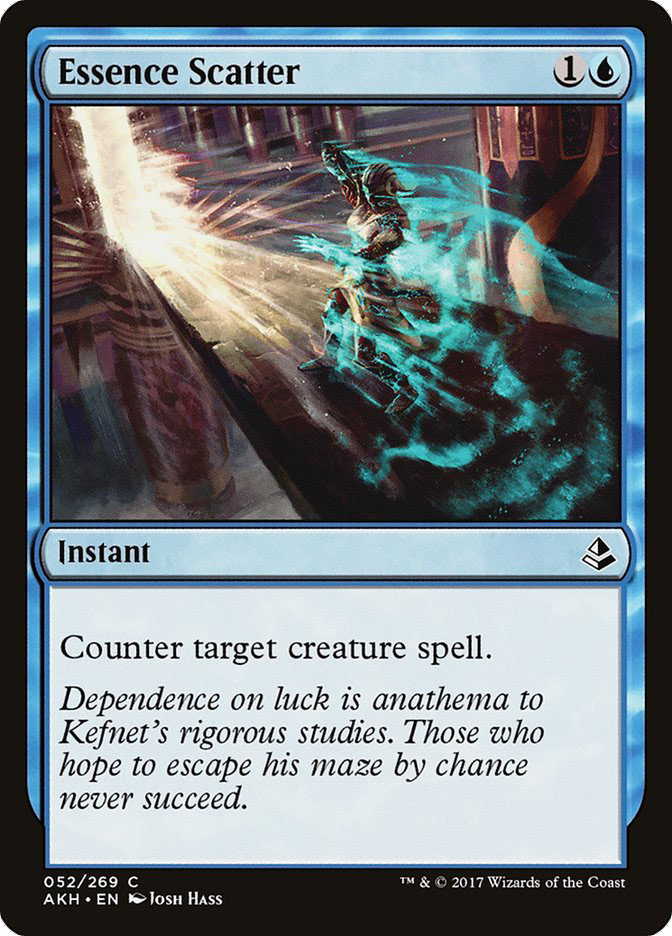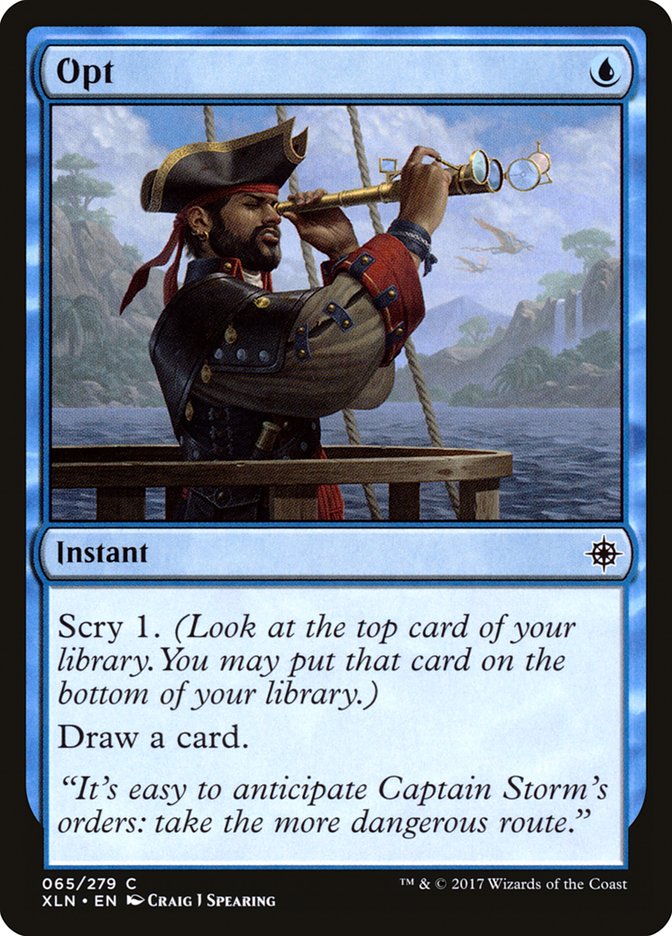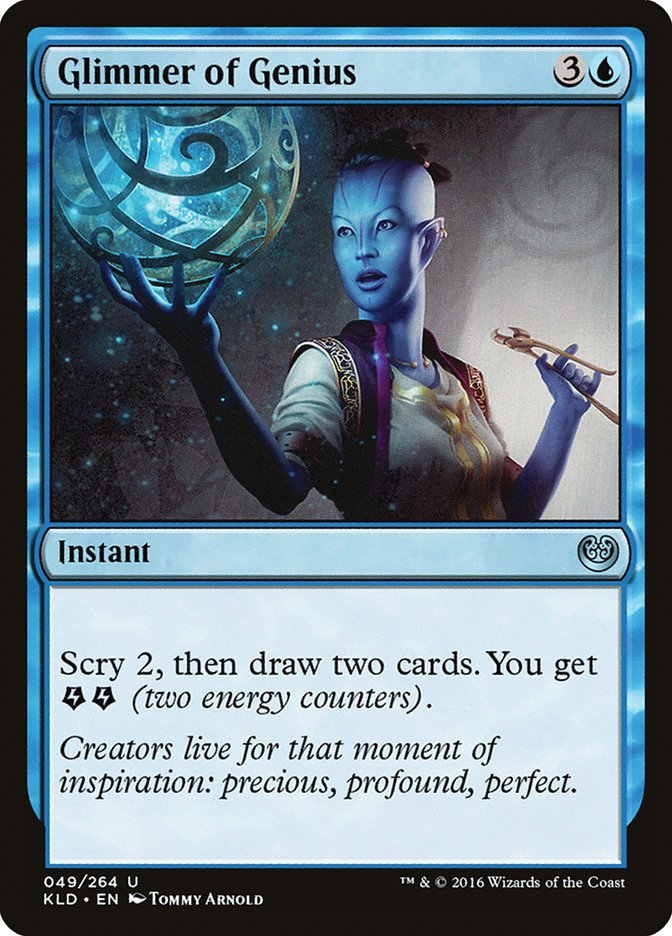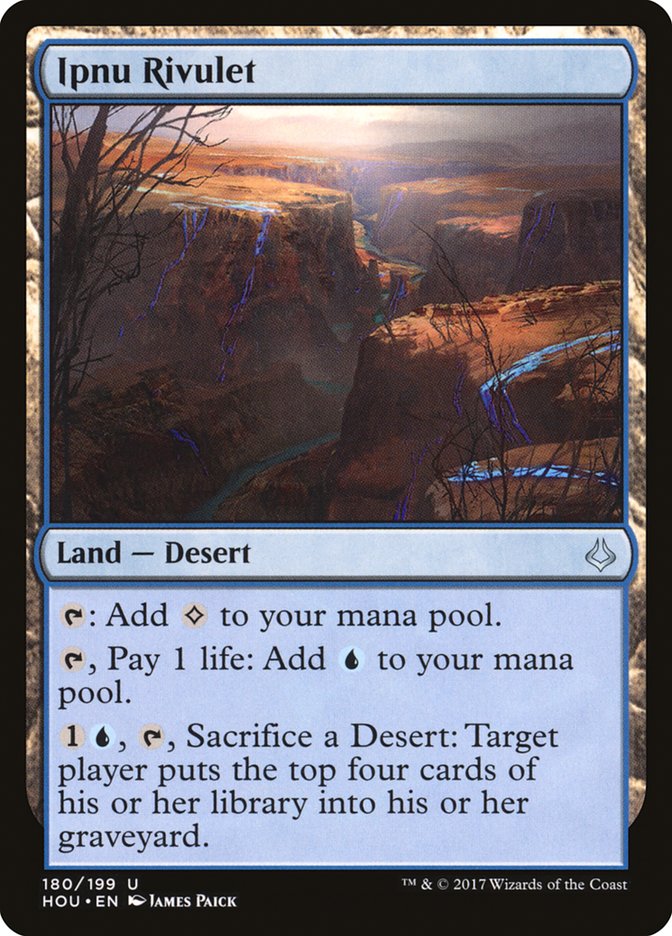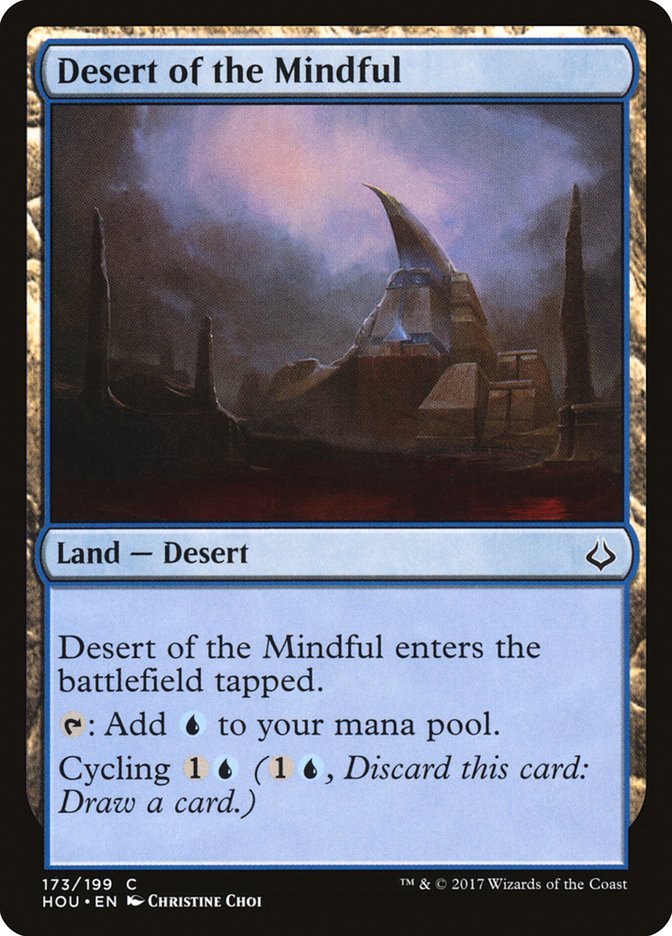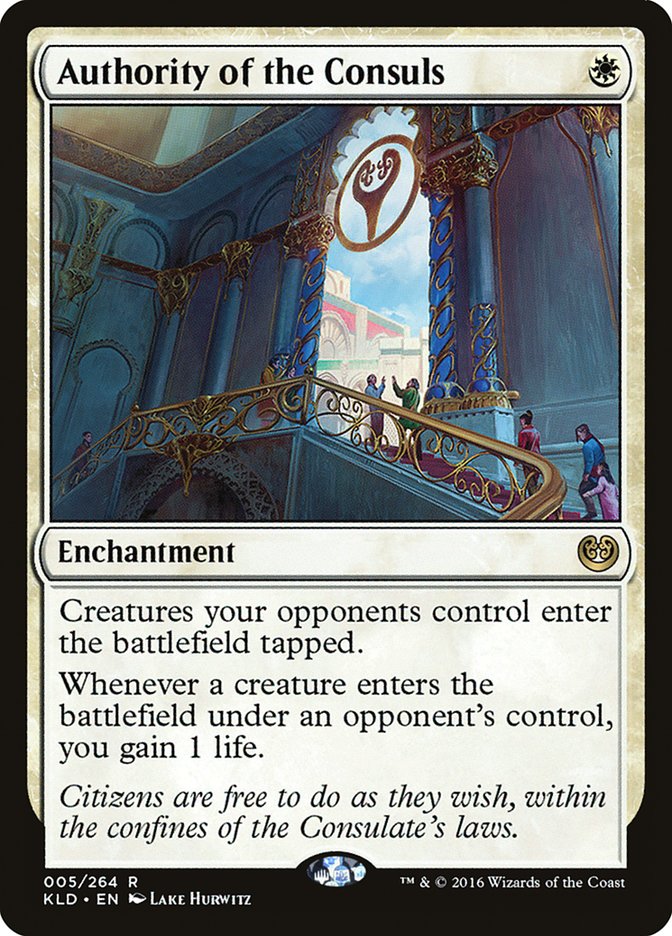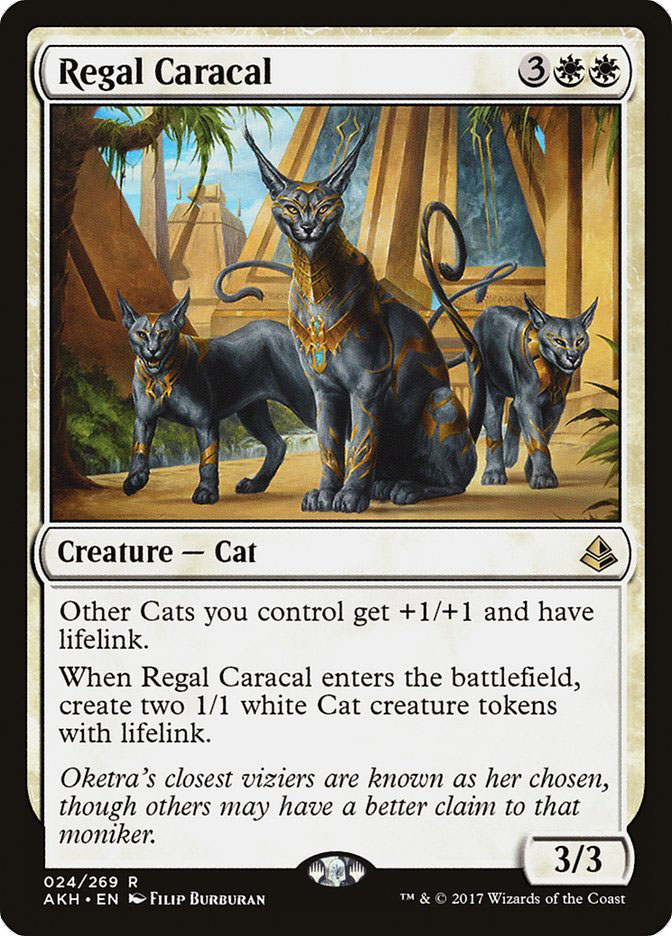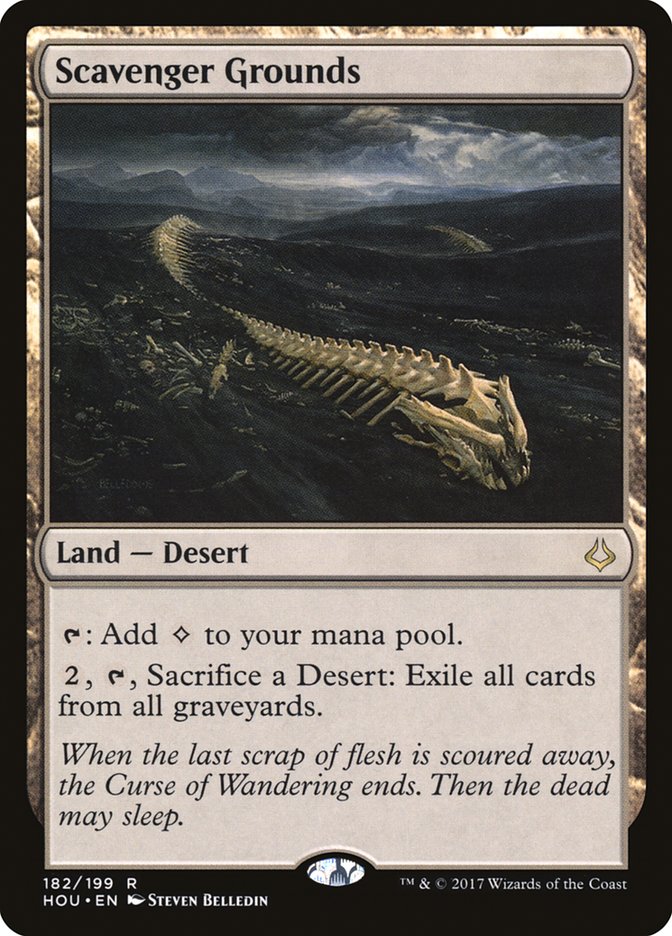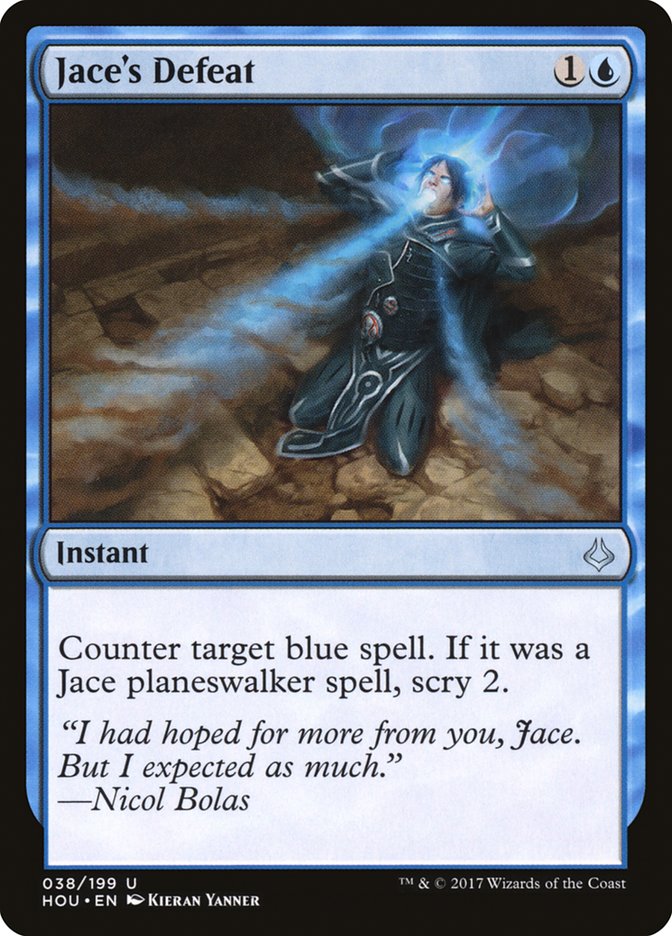There’s just something about Dallas, Texas that brings out the best in Team MGG. With all the Ixalan excitement leading up to #SCGDFW centered on Dinosaurs and Pirates, Andrew Jessup had brewed up a simple but effective version of B/G Energy that looked to splash one of the most powerful cards in Ixalan – Hostage Taker. We all worked on the deck in the week leading up to the event, but something just wasn’t sitting right with me.
Sure, the deck was doing well. Hostage Taker was overperforming expectations, while the standard Winding Constrictor / Energy package was as good as it always was. However, as I played against U/W Approach opponent after U/W Approach opponent, I began to feel the tingle. With every Glimmer of Genius cast, with every Settle the Wreckage I had to play around, that tingle would grow into a need.
I needed to find Azcanta.
I didn’t start actually playing the U/W Approach deck until the Thursday before #SCGDFW, but once I did, I knew I’d be playing it in the event. The Sultai Energy deck that Andrew, Dan Jessup, and Brad Carpenter played was great, but I couldn’t deny myself the chance to sleeve up a U/W Control deck.
Lands (25)
Spells (35)

Only, as I would find, it wasn’t really a “true” control deck…
A Little Bit Combo-y, A Little Bit U/W Control
U/W Approach is a rare deck archetype, combo-control. Unlike most combo decks, it is not in any real rush to execute its combo, and unlike most control decks, its not trying to take control of the entire game. Rather, it is trying to control the game up until a point where it can execute its combo and win the game.
It may sound weird to call a single card a “combo,” but the reality is that Approach of the Second Sun is essentially a combo with itself. Given enough time, Approach of the Second Sun is all you need to win a game. You don’t need creatures, planeswalkers, direct damage, mill effects… just the card Approach of the Second Sun. As such, it makes sense that it’s a perfect win condition for a control deck. You can pack your deck full of interactive cards because you only need three slots dedicated to winning the game.
Of course, what those interactive cards are is going to be dictated by the fact we can win the game on the spot, regardless of what our opponent has on the battlefield. This is very different from normal decks, which usually must completely take control of the game before they cast their Aetherling or whatever that will eventually win the game.
As such, our focus is more on temporary measures than hard control. We aren’t going to need a lot of hard counterspells and it’s okay if our opponents can play around our removal as long as it takes them extra time to do so. We don’t need to draw a ton of cards, as we are much more interested in the particular cards that matter.
We these things in mind, let’s take a closer look at the deck.
One of the main reasons U/W Approach is effective is how good Fumigate is. Fumigate had a really rough time when Gideon, Ally of Zendikar and Heart of Kiran were premier threats in the format, but the truth is that it’s probably the best five-mana sweeper of all time. The extra life you gain gives you a great buffer. If your opponent tries to hold back and play around it, that gives you more time, and the format is especially creature-centric at the moment.
Settle the Wreckage is a new card from Ixalan that slots perfectly into the deck. While Fumigate encourages your opponent to not deploy all of their creatures, Settle the Wreckage encourages them to not even attack with the ones they have! Multiple times last weekend, my opponents would leave creatures back for fear of Settle the Wreckage when I didn’t have it, and that is a major advantage for any deck trying to stay alive. Settle the Wreckage also does a great job of answering sticky threats like Hazoret the Fervent, The Scarab God, and Scrapheap Scrounger, and giving you time to cast Glimmer of Genius when your opponent doesn’t attack.
Even better than slowing your opponent’s attacks down with Settle the Wreckage is punishing them for only attacking with one creature with Farm // Market! Having many different cards in your deck that all need to be played against in a certain way makes things very tough on your opponent.
Farm // Market isn’t a great Magic card, but you need some form of cheap interaction and it does the trick. Being able to cast Market from your graveyard in the mid-game is also great to find gas and get you to your second casting of Approach of the Second Sun sooner.
Tip: It’s not uncommon to have to discard to hand size in the mirror, and having a Farm // Market in your graveyard to help you to sift through useless Fumigates and Aether Meltdowns can give you a nice edge.
Aether Meltdown also isn’t winning any awards, but when it comes to two-mana interactive spells, it’s basically all we’ve got. Again, it’s not a great permanent answer, but we don’t need permanent answers – just time. Aether Meltdown isn’t great against a lot of the format’s best early threats – Bomat Courier, Glint-Sleeve Siphoner, Winding Constrictor, and Kari Zev, Skyship Raider, to name a few – but at least a few are necessary for some early defense.
Adding to the bevy of different cards you can cast at instant speed for four mana, Cast Out is one of your most important. While cards like Farm // Market and Aether Meltdown are super-narrow in their applications, Cast Out is the exact opposite. Cast Out deals with all the problem cards, doing so at a very low opportunity cost because cycling is a valuable asset to the deck regardless.
Tip: It’s very important to save Cast Out for your opponent’s biggest threats, and to recognize when you should and shouldn’t cycle it because you’ll need the answers later. If you don’t have an answer to a potential Chandra, Torch of Defiance or The Scarab God, save that Cast Out!
Censor is a card that typically underperforms in traditional control decks but works very well here in U/W Approach. The reason for this is how poorly it scales into the mid- and late-game and also how desperate we are for good plays on Turn 2.
You only usually cast Censor maybe 20% of the time, and that other 80% of the time when you cycle it can often feel like you’re just spinning your wheels. However, because we are so interested in finding our keep cards quickly and then winning in one shot, we don’t necessarily need to have a high density of effective cards in our deck.
Beyond Censor, the deck doesn’t really want a ton of counterspells. Censor serves our early-game role, and once our opponent starts casting their bigger stuff, we want to just win with Approach of the Second Sun. However, we do have a smattering of other counters.
Supreme Will feels like it should be great but has always disappointed me. It has the same problem that most modal spells have – neither side is very good. Sure, being able to cast Mana Leak or Impulse is nice, but neither effect is worth three mana, and every time you cast a Supreme Will, it just feels clunky, to say nothing of drawing more than one. We can’t afford clunk, so we’re only playing two copies.
The one Disallow is a concession to the mirror, as most U/W Approach decks play zero hard counterspells. Even having just one can put you over the top, as both players will see a very large portion of their deck in Game 1 and only a few cards actually matter. Having one more hard counter in your deck than your opponent gives you more advantage than only one maindeck slot would seem to entail, and it’s fine in most other matchups.
Essence Scatter is solid card that I wanted in the sideboard but couldn’t find room for, so it ended up in the maindeck. It’s fantastic in your already good matchups, a good answer to Hazoret the Fervent, and excellent post-sideboard in the mirror when your opponent brings in Torrential Gearhulk and Regal Caracal.
Ah, yes, Opt.
I expect Opt to be one of the most hotly debated cards in Standard over the next year or two. How bad does a cantrip have to be before we don’t bother playing it? I played four Opt at SCG Dallas, while David Thomas played zero. Who’s right?
I’m not exactly sure.
The argument against Opt is similar to the argument against Censor in control decks – it fills your deck with too much air. If you spend all your time spinning your tires casting Opt and cycling Censor, you’re not really doing much and have a much lower density of impactful cards in your deck.
The biggest benefit to Opt, and to a lesser degree cyclers like Censor, is Search for Azcanta.
A few weeks ago I waxed poetic about the flip lands in Ixalan, and Search for Azcanta has been everything I expected and more.
Playing more cantrips and cycling cards just makes your Search for Azcanta much easier. It’s not necessary to go overboard and try to turbo-flip Search for Azcanta, but if there are cards you already want to cast that can fill up your graveyard more quickly than usual, that’s a major plus.
Tip: You can put the Search for Azcanta upkeep trigger on the stack and then cast Opt or cycle cards to help get you up to seven cards in the graveyard before the trigger resolves.
Azcanta, the Sunken Ruin is probably even better in a pure control deck full of top-notch answers, but how well it interacts with Approach of the Second Sun makes up for that and more in U/W Approach. You can use Azcanta, the Sunken Ruin to find Approach of the Second Sun, and once you cast it, you can use Azcanta to clear four cards off the top of your deck to cast it again far sooner.
This combination of Rampant Growth, card advantage, and combo acceleration makes Search for Azcanta one of the best cards in the deck, with only the legend rule keeping it down to two or three copies.
Glimmer of Genius rounds out the card advantage portion of the deck, and needs no introduction.
Tip: It’s very important once you cast Approach of the Second Sun to track how many cards you have left until you hit it again; this way you can use your many methods of sifting through your top cards more effectively. I was making a tally for every card I saw on my life pad so I had a visual reminder.
The last interesting element to the deck is the small Desert package in the manabase.
Ipnu Rivulet is already a very nice tool for helping to sift four cards off your clock to Approach of the Second Sun, which it does at a very low opportunity cost, but I wanted a bit more out of it.
In the mirror or any control matchup, you can use it as both a win condition and a way to interact with Approach of the Second Sun directly. By adding a few additional Deserts at a very low opportunity cost, we drastically increase the power level of Ipnu Rivulet in these types of matchups. Because our deck is filled with so many answers, any traditional control deck relying on Torrential Gearhulk or The Scarab God should have an extremely difficult time killing us before we can mill them out, and it gives us another angle of attack in the mirror.
Tip: Remember how many cheap cycling cards this deck has when trying to mill your opponent’s Approach of the Second Sun! If you wait until it is the top card or the second card in their deck, they may be able to draw a few cards in response to your mill and draw it anyway.
The Sideboard
Nowhere is it more obvious that U/W Approach is not a traditional control deck than in the sideboard. Most control decks have a wide variety of different cards to try to answer different problems that may present themselves.
U/W Approach, by contrast, has two full playsets and a three-of.
Ramunap Red is the only deck in the format with a good Game 1 against you, so it’s imperative we beat them in the sideboarded games. While Authority of the Consuls has dramatic diminishing returns past the first copy, you want the first copy so much that it’s worth playing the full playset. The games you have Authority of the Consuls are way different from the games you don’t, which will heavily dictate how you use your cards for the rest of the game.
Once you land an Authority of the Consuls, the important cards to stop are Chandra, Torch of Defiance and Hazoret the Fervent – you should never use a Cast Out on anything else for as long as you can help it.
The other piece to the Ramunap Red puzzle, Regal Caracal provides quite the stopper to their aggression. This can buy you the time you need to find and cast Approach of the Second Sun, which they have no way to interact with.
However, Regal Caracal has another job in conjunction with our next sideboard card.
Torrential Gearhulk is not a card traditionally seen in sideboards, but this is clearly not a traditional deck.
The most devastating cards that people are going to bring in against you allow them to interact where they couldn’t before. Very few maindecks are equipped to handle your big noncreature spells, so in come Negate and Duress and friends to try to ruin your day.
If they want to stop your noncreature spells, let’s just bring in some great creatures!
Torrential Gearhulk comes in from the sideboard in any matchup where you expect your opponent to have these cards, forcing them to interact with your 5/6 creature as well as your spells. They have to take out a lot or all of their removal for the Negate package, which leaves you free to ambush them and fight back on the battlefield with your Torrential Gearhulk.
For the mirror or any control matchup where you don’t need all of your removal, Regal Caracal can come in as well, or against any deck that is going overboard on noncreature effects.
A crucial card for the mirror or against other control decks, Negate allows you to actually interact.
Tip: It’s not usually a good idea to bring in Negate and try to use it like a Dispel to force your big spells through; two mana is just too much more than one. Use creatures instead to combat Negate.
Not only is Scavenger Grounds a nice tool against graveyard decks, but it is also your 25th land and seventh Desert in your control and mirror matchups. This helps ensure you don’t miss land drops and gives you more fuel for Ipnu Rivulet.
Your control opponents are assuredly going to bring in Torrential Gearhulk as well, and I wanted a few good counterspell answers. Jace’s Defeat teams up with the maindeck Essence Scatter to help fight that battle.
Matchups and Sideboarding
The biggest draw to U/W Approach is that you win almost every Game 1. Unless your opponent is playing Ramunap Red or the mirror, they will lack the tools to interact with you, and they will watch helplessly as you cast your big spells.
Once you sideboard, you become the favorite against Ramunap Red, a favorite in the mirror if you’ve won the technology battle, and a slight underdog in your other matchups depending on how many copies of Negate and Duress they have. If they don’t have access to Negate or Duress, they don’t have much of a chance, which helps to explain why G/R Dinosaurs is already extinct.
Ramunap Red
In:
Out:
(On the draw, remove a Censor instead of Aether Meltdown.)
Your goal is to land an Authority of the Consuls, deal with their smaller cards with your smaller cards, and make sure to save your big answers for Chandra, Torch of Defiance and Hazoret the Fervent. Regal Caracal is great, but beware of Glorybringer if you don’t have Authority of the Consuls on the battlefield.
Temur Energy / Sultai Energy
In:
Out:
Game 1 is pretty easy, as they don’t have the tools to interact, but once Negate comes in, that changes. Aggressively interact with them, trying to make sure you aren’t reliant on resolving a key Fumigate or Settle the Wreckage. Try to set up ambushes with Torrential Gearhulk and try to lean on Search for Azcanta for card advantage, especially against Sultai with their additional copies of Duress.
U/W Approach
In:
Out:
The mirror is won and lost in deckbuilding. Very few cards actually matter, and having more of those cards will usually win the day. Gideon of the Trials is an extremely effective card for the mirror, as its emblem basically knocked me out of the Top 8 by itself. You are going to have X cards that matter, and they are going to have Y answers; if your X is bigger than their Y (and vice versa) you will likely emerge on top.
In the Top 8 of the Open, Dave’s two Gideons, two Disallows, four Cast Out, and three Approach of the Second Sun trumped my one Disallow, four Cast Out, and three Approach of the Second Sun, despite my Ipnu Rivulets.
Tip: Game 1 is very non-interactive and largely dictated by who can cast the first Approach of the Second Sun, because it becomes extremely difficult for the other player to tap out for their own Approach of the Second Sun in fear of you casting your second. Remember, you only need to cast the first copy, not actually resolve it.
Going Forward
As long as people aren’t playing maindeck interaction for noncreature spells, U/W Approach will remain an excellent choice for any Standard event. The deck simply operates on such a different axis from anything else in the format, and because each other deck has creature threats so powerful that all decks must play a healthy amount of removal, that doesn’t seem likely to change.
It may not be a pure control deck, but at least I’m casting Glimmer of Genius again!



